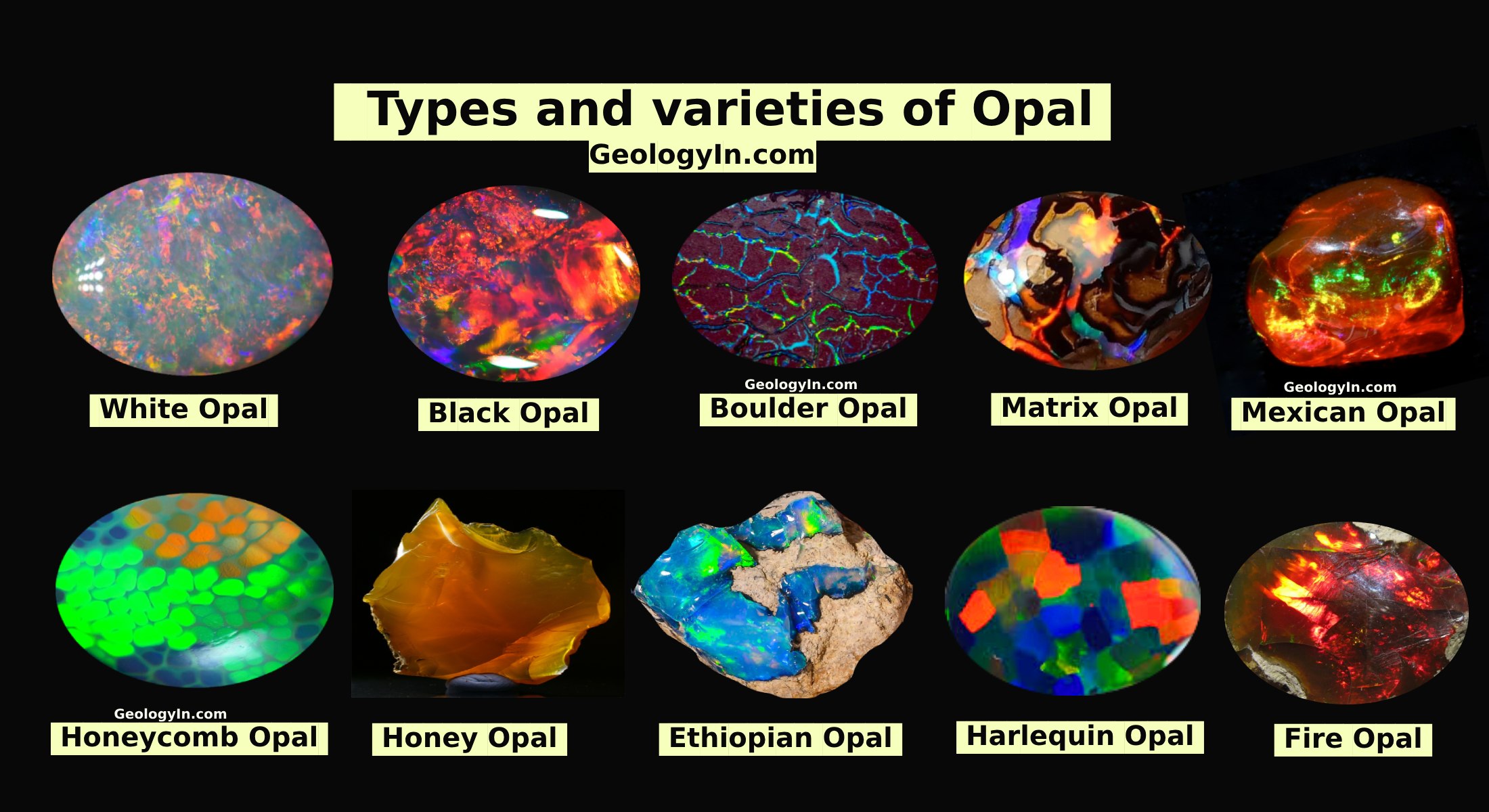What Makes Some Gems More Valuable Than Others
Cut (‘make’): The Third C
The function of the cut is to
display the gem’s inherent beauty to the greatest extent possible.
Since this involves aesthetic preferences upon which there is little
agreement, such as shape and faceting styles, this is the most subjective
of all aspects of quality analysis.
 |
| The parts of a faceted gem. Photo: Wimon Manorotkul |
Evaluation
of cut involves five major factors (in no particular order):
- Shape
- Cutting style
- Proportions
- Symmetry
- Finish
Shape. This describes the girdle outline of
the gem, i.e. round, oval, cushion, emerald, etc. While preferences
in this area are largely a personal choice, due to market demand
and cutting yields, certain shapes fetch a premium. For most colored
stones, ovals and cushions are the norm. Rounds and emerald shapes
are more rare, and so receive a premium from about 10–20% above
the oval price. Pears and marquises are less desirable, and so trade
about 10–20% less than ovals of the same quality. The shape
of a cut gem almost always relates to the original shape of the rough.
Thus the prevalence of certain shapes, such as ovals, which allow
greatest weight retention.
| Shapes (girdle outlines). Illustration © R.W. Hughes |
Cutting style. The cutting style (facet pattern) is also a rather subjective choice. Again, because of market demand, manufacturing speed and cutting yields, certain styles of cut may fetch premiums. The mixed cut (brilliant crown/step pavilion) is the market standard for ruby and sapphire, while the step (emerald) cut is the standard for emerald.
Proportions. The faceted cut is designed to create maximum brilliance and scintillation in the most symmetrically pleasing manner. Faceted gems feature two parts, crown and pavilion. The crown’s job is to catch light and create scintillation (and dispersion, in the case of diamond), while the pavilion is responsible for both brilliance and scintillation. Generally, when the crown height is too low, the gem lacks sparkle. Shallow pavilions create windows, while overly deep pavilions create extinction. Again, proportions often are dictated by the shape of the rough material. Thus to conserve weight, Sri Lankan material (which typically occurs in spindle-shaped hexagonal bipyramids) is generally cut with overly deep pavilions, while Thai/Cambodian rubies (which occur as thin, tabular crystals) are often far too shallow.
- Depth percentage: In attempting to quantify a gem’s proportions, reference is often made to depth percentage. This is calculated by taking the depth and dividing it by the girdle diameter (or average diameter, in the case of non-round stones). The acceptable range is generally 60–80%.
- Length-to-width ratio: Another measurement that is used for non-round stones is the length-to-width ratio. Overly narrow or wide gems of certain shapes are generally not desirable.
Symmetry. Like
any finely-crafted product, well-cut gems display an obvious attention
to detail. A failure to take proper care evidences itself in a
number of ways, including the following:
|
|
Finish. Lack
of care in the finish department is less of a problem than the
major symmetry defects above, because it can usually be corrected
by simple repolishing. Finish defects include:
- Facets do not meet at a point
- Misshapen facets
- Rounded facet junctions
- Poor polish (obvious polishing marks or scratches)
Carat Weight: The Fourth C
Weight in gems is calculated in
metric carats, where five carats equal one gram. Generally, as a
gem’s weight increases, so does the per-carat price. Such a
relationship has long been known, and was first quantified by Villafane
in 1572, for diamonds. Today it is most commonly referred to as the ‘Indian
Law’ or ‘Tavernier’s Law’, and works as follows:
Wt2 x C = price per stone
Weight of gem = 5 ct (Wt)
Cost of a 1-ct gem of equal quality = $1000 (C)
5 x 5 x 1000 = $25,000 total stone price
Weight of gem = 5 ct (Wt)
Cost of a 1-ct gem of equal quality = $1000 (C)
5 x 5 x 1000 = $25,000 total stone price
Unfortunately, things were not so simple, even for diamonds in the time of Tavernier. The law could not accurately predict the price of diamond below 1 ct, and there were also problems with exceptionally large stones. But it does give a general idea of how prices increase with size.
Color coverage: The Fifth C
With gems, we are not dealing
with opaque, matt-finish objects of uniform color. Thus it is not
enough to simply describe hue position, saturation and darkness.
We must also describe the color coverage, scintillation and dispersion.
Differences
in proportions, inclusions, transparency,
fluorescence, cutting, zoning
and pleochroism can produce vast
differences in the color coverage
of a gem, particularly faceted
stones. A gem with a high degree
of color coverage is one in which
color of high saturation is seen
across a large portion of its
face in normal viewing positions.
Tiny light-scattering inclusions,
such as rutile silk, can actually
improve coverage, and thus appearance,
by scattering light into areas
it would not otherwise strike.
The end effect is to give the
gem a warm, velvety appearance
(Kashmir sapphires are famous
for this). Red fluorescence in
ruby boosts this still further.
Proper cutting is vital to maximize color coverage. Gems cut too shallow permit only short light paths, thus reducing saturation in many areas. Such areas are termed windows. Those cut too deep allow light to exit the sides, creating dark or black areas termed extinction. Areas which allow total internal reflection will display the most highly saturated colors. These areas are termed brilliance.
Color zoning can also reduce color coverage. Ideally, no zoning or unevenness should be present.
the first part: What makes some gems more valuable than others?





%20(1).webp)





.jpg)